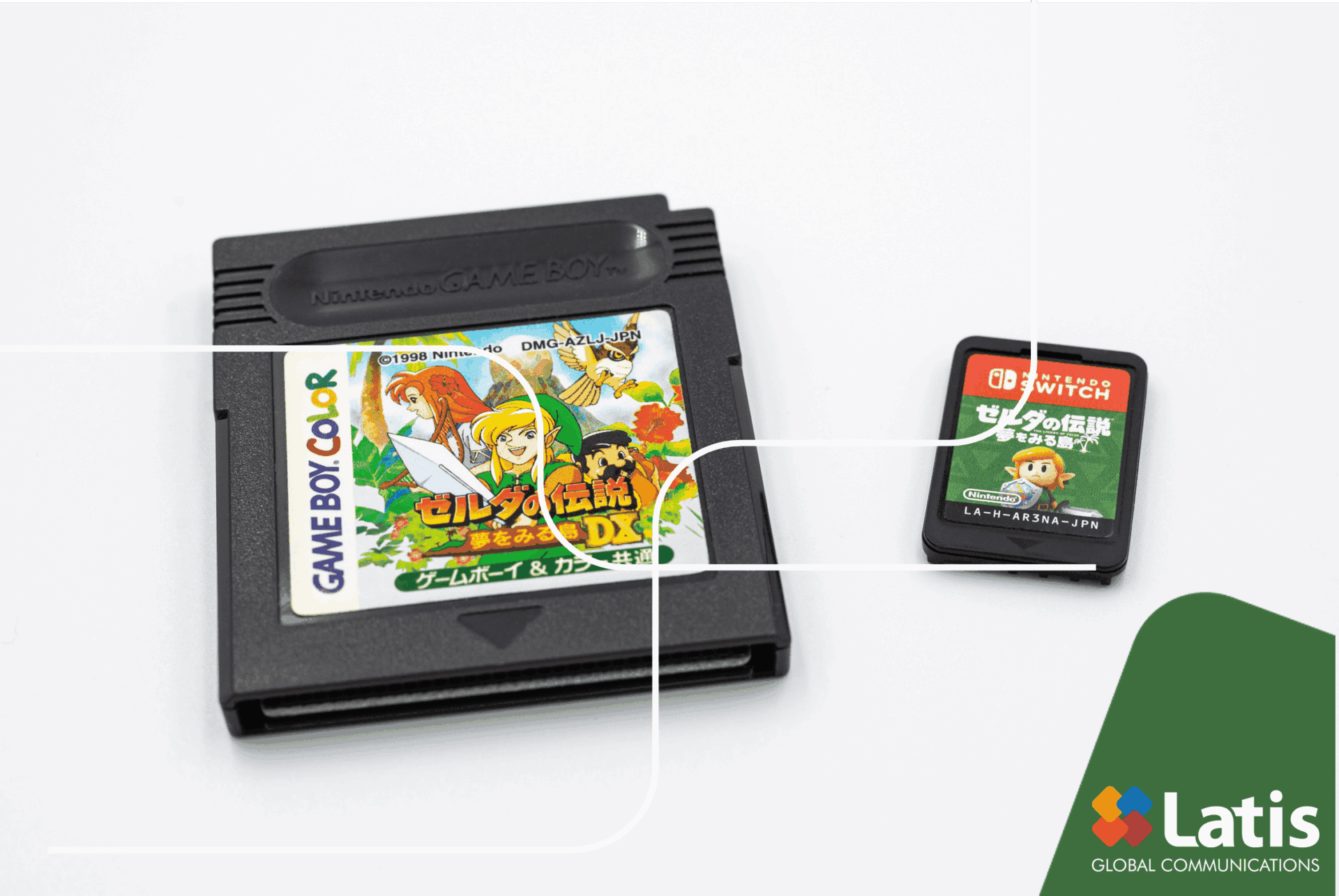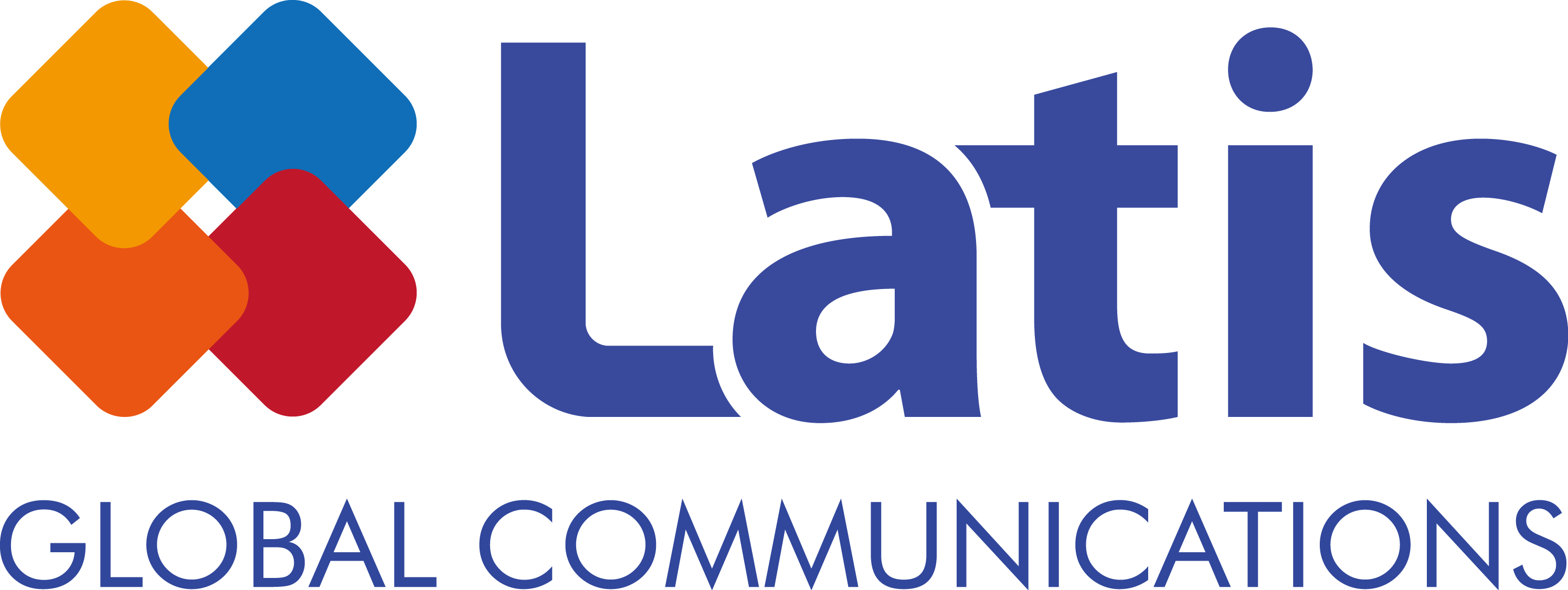
Even if you are not an avid gamer, the media’s usage of “remake” and “remaster” lends a certain air of familiarity. Today, we examine how remaking and remastering video games, as well as game porting, some behind the scenes difficulties when the release of a game is announced using these methods.
When working on a new game title, a remake or remaster can be very effective to draw in a new user base. Game porting, much like the latest titles, expands the reach and availability so that new players can experience the game.

Remake? Remaster? Reboot?
Even among gamers, understanding the difference between remastering and remaking a game can be difficult. In layman’s terms, a remake is a revamped version of the older game, whereas a remaster is a modern version of a classic video game rebuilt from scratch, with new content, graphics, and usability. These days, these types of games seem to be trending in the gaming industry. With that, let us delve into what defines remastering, remaking, and game porting, all issues of the day, as well as examine their differences.
[リメイク]

Remaking an older title is a fantastic way to energize fans to new titles and existing work. Bringing the classics back to life, on a new gaming platform, can be a wonderful and breathtaking experience. The feeling of nostalgia is a very powerful and seeing classic games from your childhood, reimagined and delivered on the incredible new platforms of today, is an excellent way to bring back older fans and attract new ones.
A remaking a game is the complete recreation of the game title. Here, the original game is remade, with only the story and worldview intact.

Some of the original data from the initial game is used in remakes. Since the majority is newly created, however, this can be a challenging task. With most of the recent remakes from 15 to 20 years ago, these games recall fond memories from old school gamers. There is also newfound enjoyment to those who never played but are curious about masterpieces from the past. For games considered too old to be remastered, a full remake is recommended.
[Remastering]
Remastering a game is a more delicate operation. Instead of taking apart an old game and recreating something new, the existing title is just updated. Since the work may not be the latest production, it will apply current technology to these previously popular games. Games that have never been remade have an easier time, requiring some up to date code and engine, at the very least.
The models themselves, the engine, the design, and code will all remain relatively untouched. Instead, this artistic process updates the visuals and performance to current standards. The length of this process is entirely dependent on the age of the engine. In some cases, older games must be remade entirely or have their game graphics reworked significantly to work with the higher resolutions of today.

When it comes to remastering, texture quality and size as well as focusing on the amount of detail players can see, these are all essential. It is the process of adding more detail, utilizing modern tools and technologies, and scaling the old textures to today’s standards.
Remastering a game means taking an older looking game, preserving its gameplay, while delivering a more visually pleasing and stunning experience at the same time.
At the end of 2022, 7 years later, CDPR remastered its 2015 Witcher 3 with improved graphics, performance, extra content, and photo modes, inviting gamers back to the world of Witcher.

[Game Porting]
While remaking a game is separate from remastering a game, game porting includes both techniques.
Updating textures, remaking models, reworking mechanics and code, are all involved when porting a game. But the objective here isn’t to update the visuals or remake past experiences. Instead, by delivering a title from one platform to another, the focus is on performance.
Game porting is a complicated and time-intensive task. When converting a game from PC to mobile, there is a tremendous amount of optimization required. Before porting a game from mobile or PC to console, great consideration must be taken for the console’s dedicated requirements.

Diablo 2: Resurrected is a remastered version of the sequel and its expansion, Lord of Destruction. The existing 2D graphics were replaced with HD 3D and cinematic images. Character skills and movements were newly produced according to the current generation. Although the graphics and resolution have been improved, the original texture has been kept, meaning it is possible to switch to the original 2D if a player so chooses. (Source: Game Mecca)
Converting a game from one platform to another may not seem difficult, but this task must be handled by professionals. Although long and arduous process, experts in this field make it look easy. Optimization, a key factor when game porting, is an important task when it comes to gameplay performance.
Whether game porting for PC, PlayStation, Xbox, Nintendo Switch, or mobile, there are considerations and requirements for each one. Game porting is both a functional and artistic effort, ensuring that players can enjoy your game on a platform of their choice, while having their experience be as close to the original as possible.

